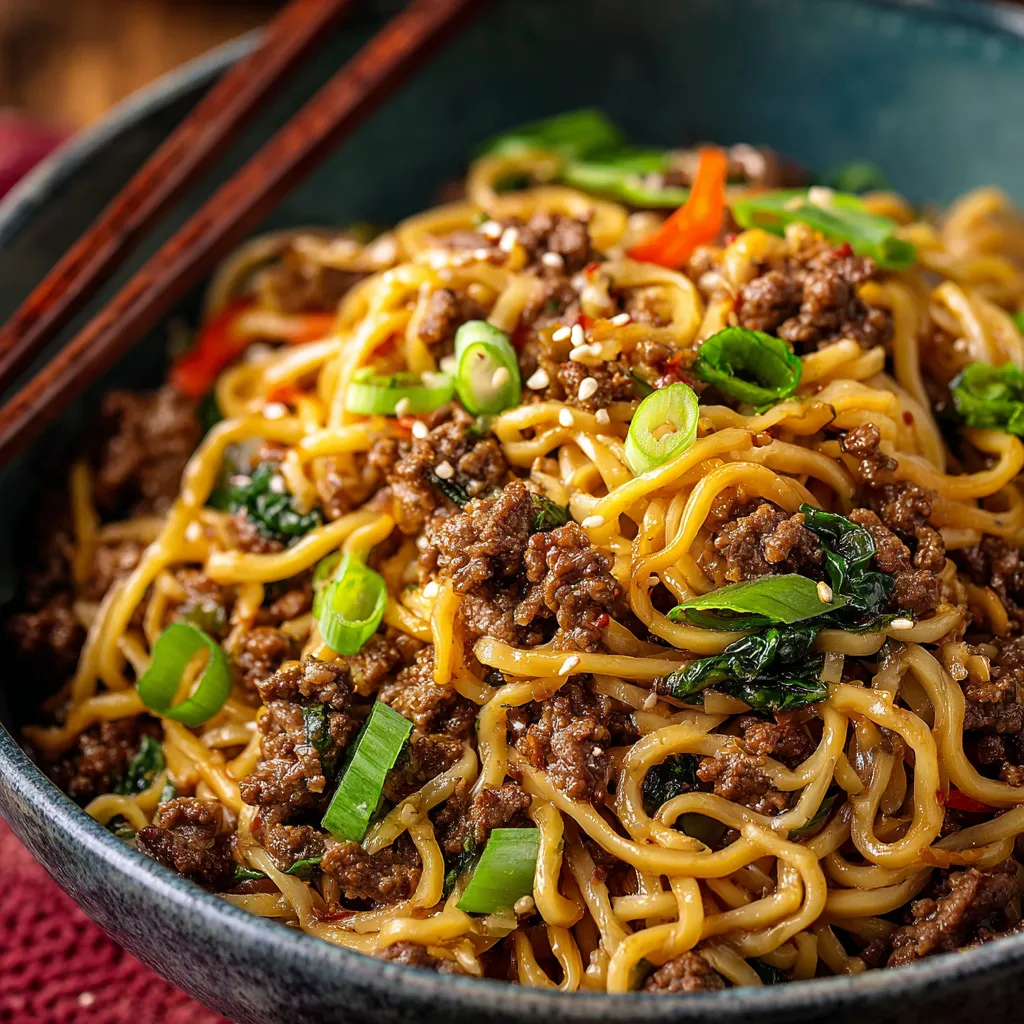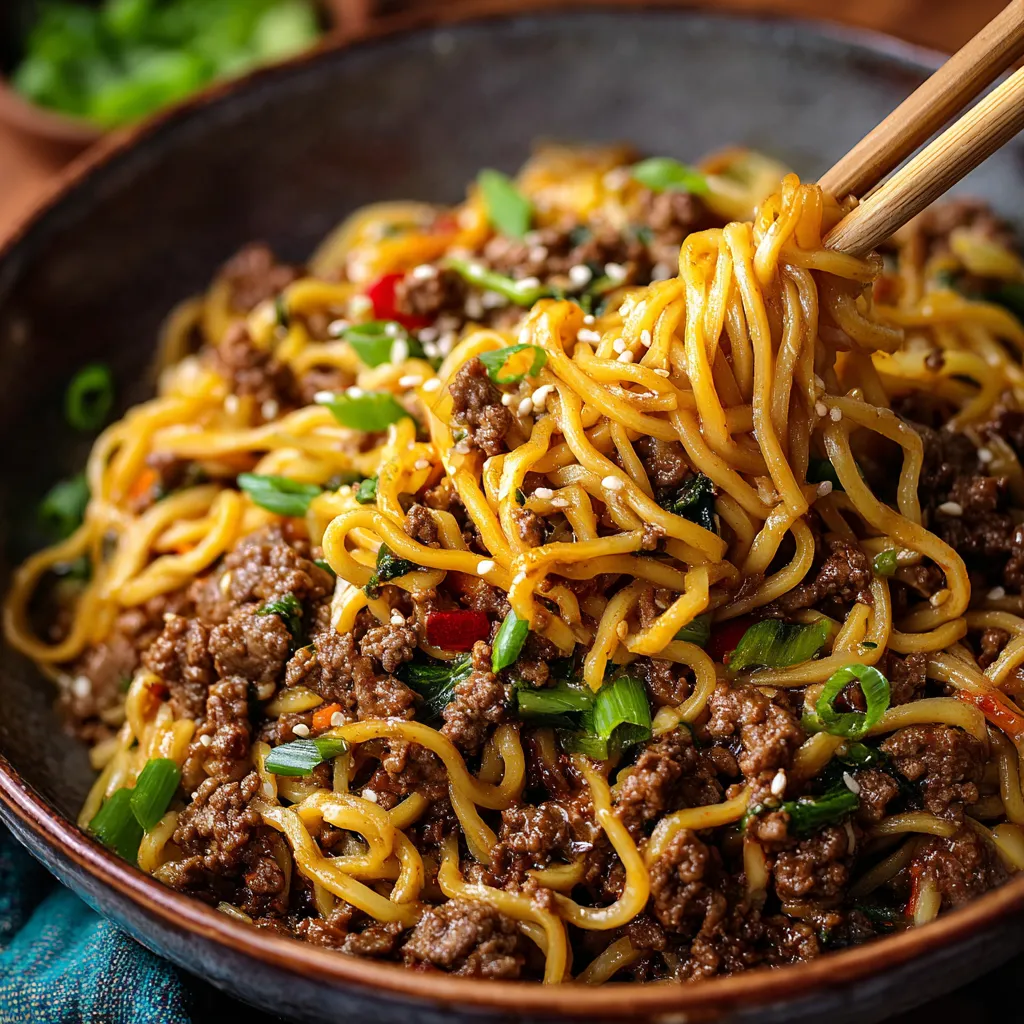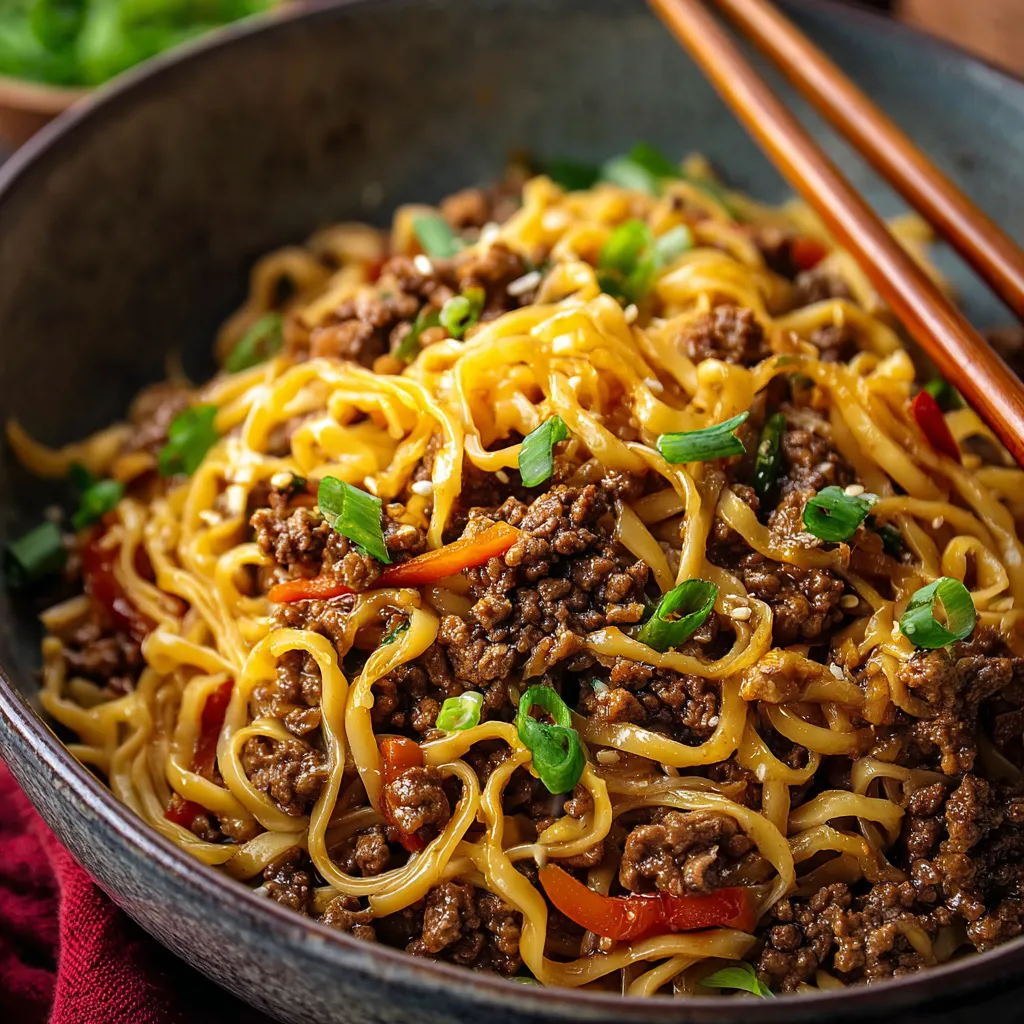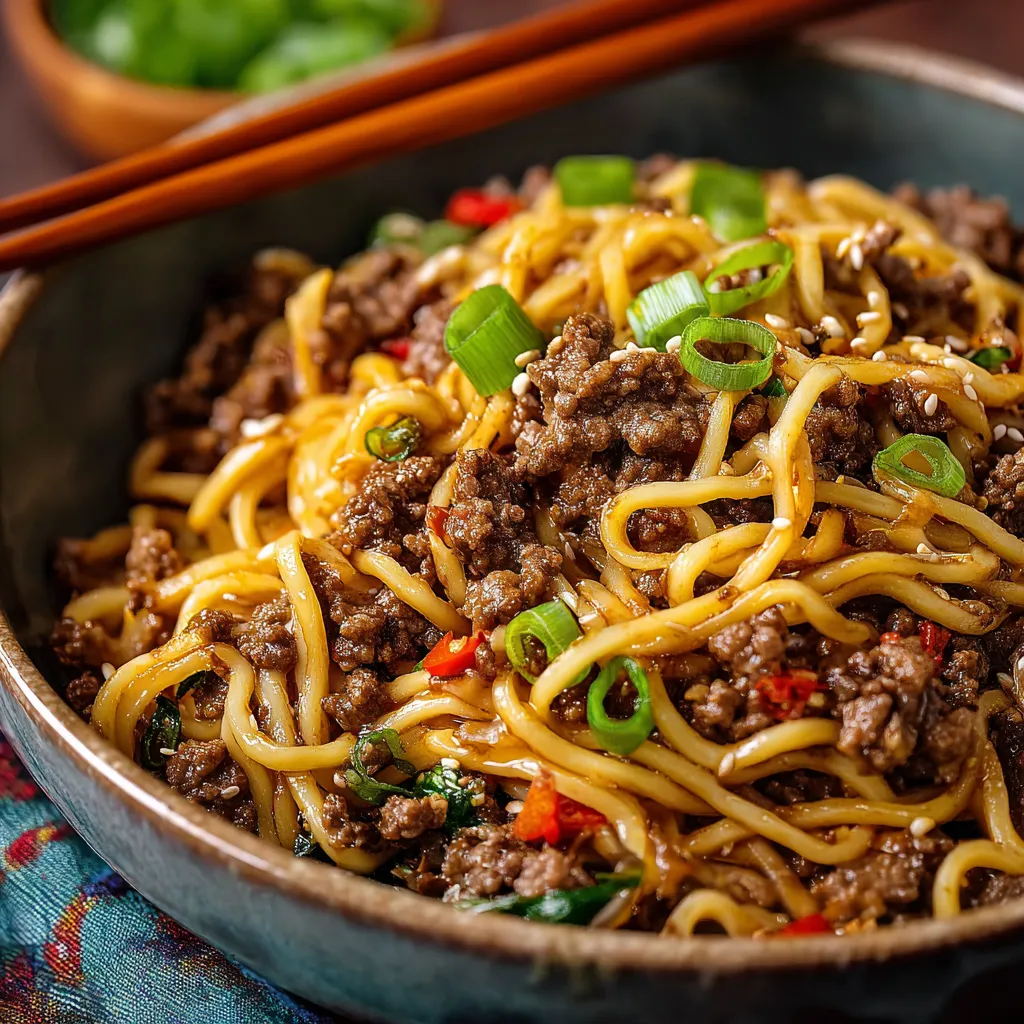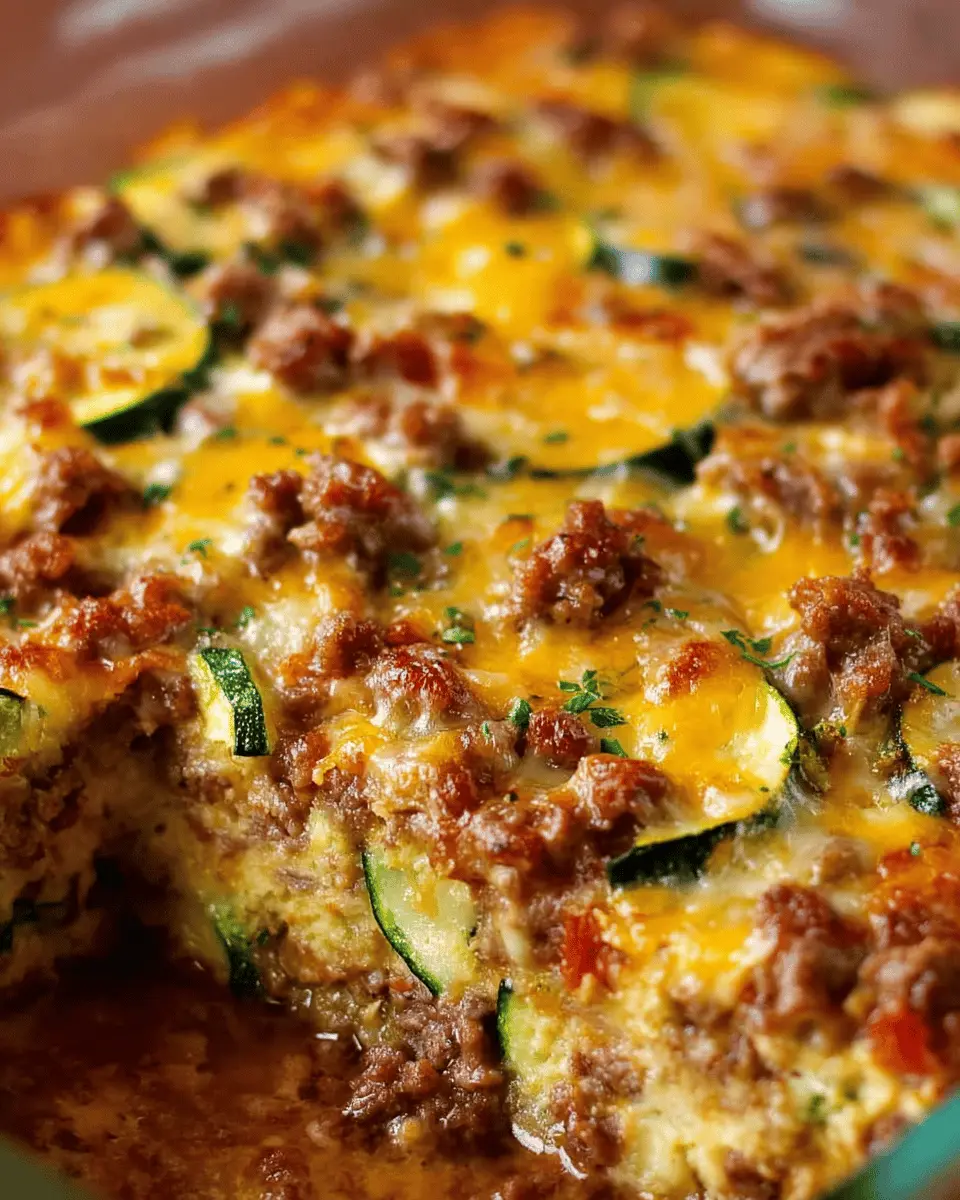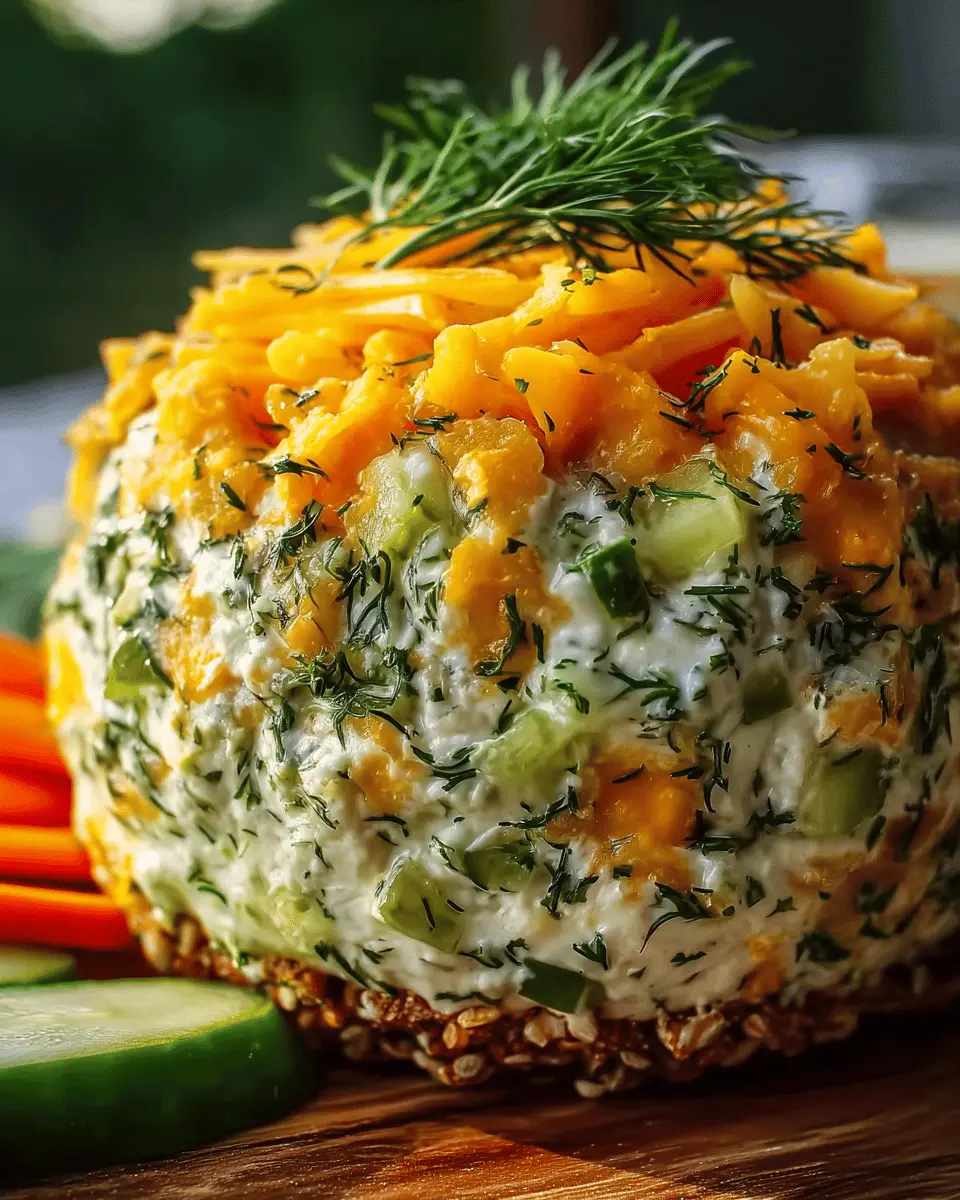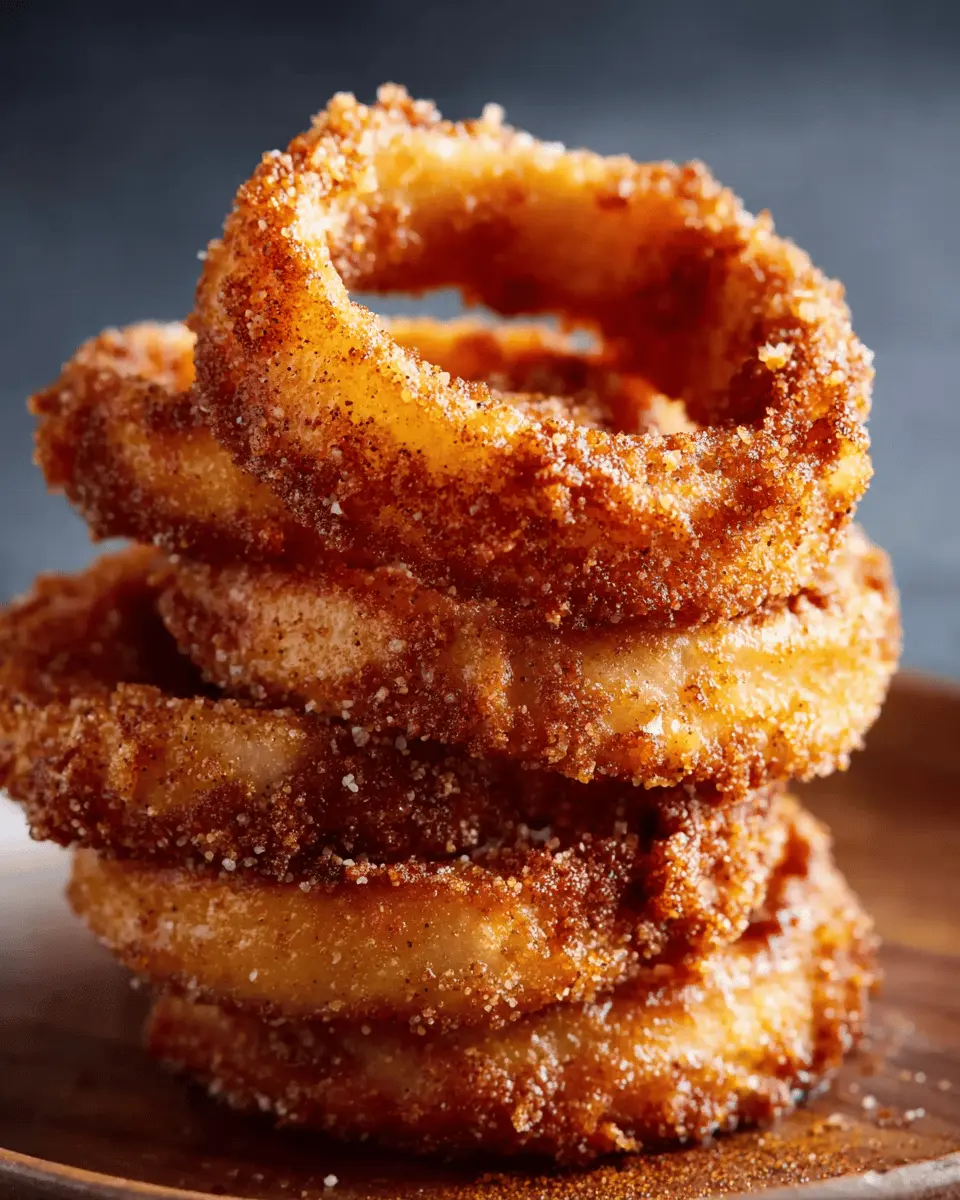If there’s one recipe that deserves a permanent place in your weeknight dinner rotation, this is it. Mongolian Ground Beef Noodles brings together bold flavor, comforting texture, and pure ease—all in under 30 minutes. Think of it like your favorite takeout order, but cozier, more satisfying, and made right in your own kitchen.
This dish is sweet, savory, a little sticky (in the best way), and absolutely packed with flavor. It’s the kind of meal you’ll find yourself making on repeat, not just because it’s easy, but because it hits the spot every time. And the best part? It’s endlessly adaptable, so you can tailor it to your tastes or whatever you have in the fridge.
Let’s dive into why this simple noodle stir-fry might just become your new favorite dinner.
Why You’ll Love This Recipe
When you need dinner fast but still want something that tastes like you put in a whole lot of effort, Mongolian Ground Beef Noodles checks every box.
Key Benefits
-
Quick and Easy – It’s ready in 30 minutes or less, and everything cooks in one skillet. No extra pots, no stress.
-
Budget-Friendly – Ground beef and spaghetti are affordable staples you might already have.
-
Better Than Takeout – That sweet-salty-savory sauce clings to the noodles just like your favorite takeout, but you control the ingredients.
-
Flexible – You can add veggies, change the protein, or tweak the spice level to your liking.
-
Kid and Family Approved – Even picky eaters tend to love this one. It’s got that sticky-sweet magic going on.
Suitable For
-
Busy Weeknights – This is a lifesaver when you want a warm, filling meal without hovering over the stove all night.
-
Beginner Cooks – If you’re just getting into cooking, this recipe is a great confidence booster.
-
Meal Preppers – It reheats beautifully and holds up well for lunches during the week.
-
Customizers and Swappers – Love experimenting? This is a great base recipe you can make your own.
Ingredients for Mongolian Ground Beef Noodles
The ingredient list is short, sweet, and super approachable. You don’t need anything fancy—just a few key pantry staples and some fresh aromatics.
Core Ingredients
-
Ground Beef – This is the foundation of the dish. Use lean beef if you want less grease, or regular ground beef for a richer flavor.
-
Soy Sauce – Brings saltiness and umami. Regular or low-sodium both work, depending on your taste.
-
Hoisin Sauce – Think of this as the secret ingredient. It adds sweetness, tang, and depth.
-
Brown Sugar – Just a touch enhances the caramelized flavor of the sauce.
-
Garlic and Ginger – These two give the dish a fresh, savory backbone. Don’t skip them.
-
Beef Broth (or water) – Helps build the sauce. If you have broth, it’ll add more richness.
-
Cornstarch Slurry (optional) – For those who like a slightly thicker sauce, this is your go-to thickener.
-
Noodles – Spaghetti or lo mein both work wonderfully here. You want something that soaks up sauce and holds its own.
-
Sesame Oil – Adds toasty flavor and a touch of richness at the end.
-
Green Onions – Stirred in at the end for brightness and crunch.
-
Red Pepper Flakes (optional) – Totally up to you if you like a little heat.
Substitutions and Tips
This recipe is super forgiving, so feel free to make it work for you.
-
Ground Turkey, Chicken, or Pork – All great alternatives to beef. You can even use plant-based crumbles for a vegetarian version.
-
Noodle Options – Spaghetti is a solid fallback, but rice noodles, udon, or even ramen noodles make delicious swaps.
-
No Hoisin? – Try a mix of oyster sauce and a little honey, or even teriyaki sauce in a pinch.
-
Low-Sugar or Low-Sodium – Reduce brown sugar or use low-sodium soy sauce to suit your needs.
-
Add Veggies – Bell peppers, shredded carrots, broccoli, or snap peas all fit beautifully here. Stir them in with the beef or steam separately and toss them at the end.
-
Want More Sauce? – Double the sauce ingredients if you like extra to coat your noodles.
Best Noodles for Mongolian Ground Beef Noodles
This dish is all about saucy, slurpable comfort, and your noodle choice plays a big role. Here’s how to choose the best ones for your taste and texture preferences.
-
Spaghetti – An easy option that most people have on hand. It holds sauce well and cooks up fast.
-
Lo Mein Noodles – Traditional for this style of stir-fry, they’re chewy and delicious with just the right bite.
-
Ramen Noodles – Use the curly kind without the flavor packet. They cook in minutes and soak up flavor like a sponge.
-
Udon or Rice Noodles – A great way to mix things up, especially if you want something softer or gluten-free.
Tip: Slightly undercook the noodles before tossing them in the skillet. They’ll finish cooking in the sauce and absorb even more flavor.
Kitchen Tools You’ll Need
You don’t need any fancy equipment to pull off this dish, which makes it even more weeknight-friendly.
Must-Have Tools
-
Large Skillet or Wok – Go for one with high sides to contain all those saucy noodles.
-
Pot for Boiling Noodles – Nothing special here—just your go-to pasta pot.
-
Tongs or Spatula – Tongs make it easier to toss the noodles and coat them evenly.
-
Mixing Bowl (for sauce) – Optional, but makes it easier to whisk everything together before adding to the skillet.
Nice-to-Have Tools
-
Microplane Grater – Perfect for finely grating ginger or garlic without mess.
-
Garlic Press – A quick way to get finely minced garlic without a knife.
-
Strainer – To drain the noodles efficiently.
How to Make Mongolian Ground Beef Noodles
This recipe is all about ease, flavor, and flexibility. Whether you’re cooking for one, feeding a family, or prepping lunch for the week, Mongolian Ground Beef Noodles delivers big taste with minimal fuss. Follow these step-by-step instructions and you’ll be sitting down to a cozy bowl of saucy noodles in no time.
Step 1: Cook the Noodles
Start by boiling your noodles according to the package directions. Spaghetti, lo mein, or ramen—all will work here, so just use what you have on hand. Be sure to salt the water for added flavor.
Pro tip: Undercook the noodles slightly by a minute or so. They’ll continue cooking once you toss them into the hot sauce, and this helps prevent them from turning mushy later.
Once they’re done, drain them and set aside. You can toss them with a little sesame oil if you want to keep them from sticking while you prep the rest.
Step 2: Brown the Ground Beef
Grab a large skillet or wok and heat the vegetable oil over medium-high heat. Add your ground beef and break it apart as it cooks. Let it brown nicely—this is where you start building flavor.
If your beef gives off a lot of fat, go ahead and drain some of it. You want a little for richness, but not so much that it makes the sauce greasy.
Don’t rush this step. Browning the beef properly adds a ton of savory depth to the dish.
Step 3: Add Garlic and Ginger
Once the beef is nicely browned, stir in the minced garlic and grated ginger. These two pack a punch and really bring the dish to life.
Let them cook for about 30 seconds to 1 minute, just until fragrant. Keep an eye on the heat—you don’t want the garlic to burn, or it’ll taste bitter.
This step fills your kitchen with that cozy, mouthwatering aroma that makes everyone ask, “What’s cooking?”
Step 4: Make the Sauce
Time to bring it all together. In a small bowl, whisk together the soy sauce, hoisin sauce, brown sugar, and beef broth (or water, if that’s what you’re using). Pour this mixture into the skillet with the beef.
Give it a good stir to make sure everything is coated. Let the sauce simmer for a couple of minutes so the flavors can mingle and deepen.
You should see the sauce start to bubble slightly and thicken a bit on its own.
Step 5: Thicken the Sauce (Optional)
If you like your sauce on the thicker side (think sticky, takeout-style noodles), now’s the time to stir in the cornstarch slurry. Just mix 1–2 teaspoons of cornstarch with a couple tablespoons of water and pour it in.
Let it cook for 1–2 minutes until the sauce becomes glossy and slightly thickened. If it thickens too much, just splash in a little extra broth or water.
This step is optional, but it really helps the sauce cling to every strand of noodle.
Step 6: Add the Noodles
Now for the fun part—bring in the noodles. Use tongs or a big spoon to toss them right into the skillet, mixing well so they soak up all that sweet-savory goodness.
Don’t be afraid to give it a few minutes over low heat to let everything blend together. The noodles should be glossy and fully coated.
You’ll know it’s ready when you can’t resist sneaking a bite straight from the pan.
Step 7: Finish with Flavor
Turn off the heat and drizzle sesame oil over the noodles. It adds a nutty richness that brings the whole dish together.
Toss in the chopped green onions for a pop of color and a bit of bite. If you like a little heat, sprinkle in some red pepper flakes.
That’s it—you’re done. Plate it up, grab your chopsticks (or a fork), and enjoy.
Tips for Success
-
Go easy on the salt. Between soy sauce and hoisin, this dish already has plenty of sodium. Taste before adding anything extra.
-
Use fresh aromatics. Fresh garlic and ginger make all the difference in depth and aroma.
-
Keep it hot. Let the sauce simmer before adding noodles so it thickens slightly and infuses the beef.
-
Want extra veggies? Stir-fry them with the beef or add steamed veggies at the end.
-
Make it a meal prep star. Store sauce and noodles separately if you’re packing lunches to avoid sogginess.
How to Store Mongolian Ground Beef Noodles
This dish stores like a dream, making it perfect for leftovers or lunch the next day.
At Room Temperature
Mongolian Ground Beef Noodles can sit out for about an hour or two if you’re serving buffet-style. Beyond that, it’s best to refrigerate promptly since it contains meat.
In the Refrigerator
Let the noodles cool completely before storing. Transfer to an airtight container and refrigerate for up to 4 days.
To reheat, pop them in a skillet with a splash of water or broth to loosen up the sauce. Microwave works too, just don’t overdo it or the noodles might dry out.
Freezing Tips
You can freeze this dish, but it’s best to freeze the sauce and cooked beef separately from the noodles for the best texture. Freeze for up to 2 months.
When ready to eat, thaw overnight in the fridge and reheat everything gently in a skillet, adding a splash of water to bring the sauce back to life.
Frequently Asked Questions (FAQs)
Can I make this gluten-free?
Yes! Swap regular soy sauce for tamari or coconut aminos, and use rice noodles or any gluten-free noodle of your choice.
What if I don’t have hoisin sauce?
You can substitute with a mix of oyster sauce and a little honey, or use teriyaki sauce. It won’t be quite the same, but it’ll still be delicious.
Can I add vegetables?
Absolutely. Bell peppers, broccoli, carrots, snap peas—any stir-fry friendly vegetable works great here. Just cook them briefly so they stay crisp.
Is this dish spicy?
Not unless you want it to be. Add red pepper flakes or a splash of sriracha if you like heat, or leave it out entirely for a milder version.
Can I double the recipe?
Yes, just use a large enough pan to accommodate everything. You may need to brown the beef in two batches to avoid overcrowding.
Related Recipes
If you loved this Mongolian Ground Beef Noodles recipe, check out these other comforting and flavorful dishes:
-
Scalloped Potatoes and Ham – A rich and cheesy side that pairs perfectly with any beef dish.
-
Lasagna Soup – A cozy, hearty alternative when you’re craving comfort in a bowl.
-
Maple Brown Sugar Pork Tenderloin – For a sweet-savory dinner that melts in your mouth.
-
Easy Nachos – A great appetizer or side dish to pair with your noodle night.
-
Pepper Steak – Stir-fry lovers will enjoy this beefy, peppery twist.
Conclusion
Mongolian Ground Beef Noodles is the kind of recipe that turns an ordinary night into something crave-worthy. With bold flavors, minimal effort, and lots of room to customize, it’s the perfect dinner to whip up when you want something quick, comforting, and satisfying.
Don’t be surprised if this becomes your go-to meal. Try it once, and you’ll see why it’s one of those recipes you’ll come back to again and again.
Print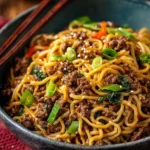
Mongolian Ground Beef Noodles
- Total Time: 25 minutes
- Yield: 4 servings
- Diet: Halal
Description
A quick and flavorful weeknight dinner featuring savory-sweet ground beef and noodles in a rich Mongolian-style sauce.
Ingredients
- 3 tablespoons soy sauce
- 3 tablespoons hoisin sauce
- 2 tablespoons brown sugar
- 8 oz (225 g) spaghetti or lo mein noodles
- 1 lb (450 g) ground beef
- 2 cloves garlic, minced
- 1 teaspoon fresh ginger, grated
- ½ cup beef broth (or water)
- 2 green onions, chopped
- 1–2 teaspoons cornstarch mixed with 2 tablespoons water (optional)
- 1 tablespoon sesame oil
- 1 tablespoon vegetable oil
- Red pepper flakes, to taste (optional)
Instructions
- Cook the noodles according to package instructions. Drain and set aside.
- Heat vegetable oil in a large skillet or wok. Brown the ground beef, breaking it up as it cooks. Drain excess fat.
- Add garlic and ginger. Sauté for 1 minute until fragrant.
- Stir in soy sauce, hoisin sauce, brown sugar, and broth. Simmer for 2 minutes.
- Optional: Stir in cornstarch slurry and cook until sauce thickens.
- Add cooked noodles. Toss well to coat with sauce.
- Drizzle with sesame oil, stir in green onions, and sprinkle with red pepper flakes if desired.
- Serve hot and enjoy.
Notes
- Substitute ground turkey, pork, or tofu for beef.
- Add vegetables like broccoli or bell peppers for nutrition.
- Double the sauce if using extra noodles or meat.
- Prep Time: 10 minutes
- Cook Time: 15 minutes
- Category: Main Course
- Method: Stir-Fry
- Cuisine: Asian-Inspired
Nutrition
- Serving Size: 1 bowl
- Calories: 480
- Sugar: 9g
- Sodium: 780mg
- Fat: 20g
- Saturated Fat: 7g
- Unsaturated Fat: 11g
- Trans Fat: 0g
- Carbohydrates: 48g
- Fiber: 2g
- Protein: 24g
- Cholesterol: 65mg

